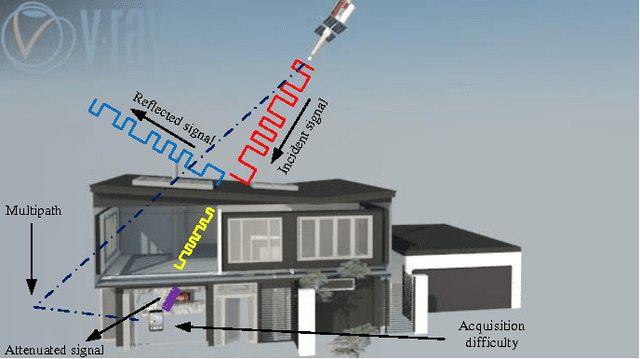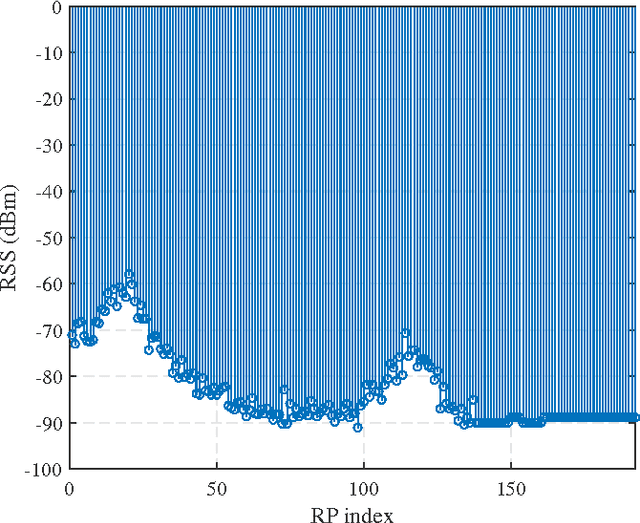Modern WLAN Fingerprinting Indoor Positioning Methods and Deployment Challenges
Paper and Code
Oct 18, 2016



Wireless Local Area Network (WLAN) has become a promising choice for indoor positioning as the only existing and established infrastructure, to localize the mobile and stationary users indoors. However, since WLAN has been initially designed for wireless networking and not positioning, the localization task based on WLAN signals has several challenges. Amongst the WLAN positioning methods, WLAN fingerprinting localization has recently achieved great attention due to its promising results. WLAN fingerprinting faces several challenges and hence, in this paper, our goal is to overview these challenges and the state-of-the-art solutions. This paper consists of three main parts: 1) Conventional localization schemes; 2) State-of-the-art approaches; 3) Practical deployment challenges. Since all the proposed methods in WLAN literature have been conducted and tested in different settings, the reported results are not equally comparable. So, we compare some of the main localization schemes in a single real environment and assess their localization accuracy, positioning error statistics, and complexity. Our results depict illustrative evaluation of WLAN localization systems and guide to future improvement opportunities.
 Add to Chrome
Add to Chrome Add to Firefox
Add to Firefox Add to Edge
Add to Edge